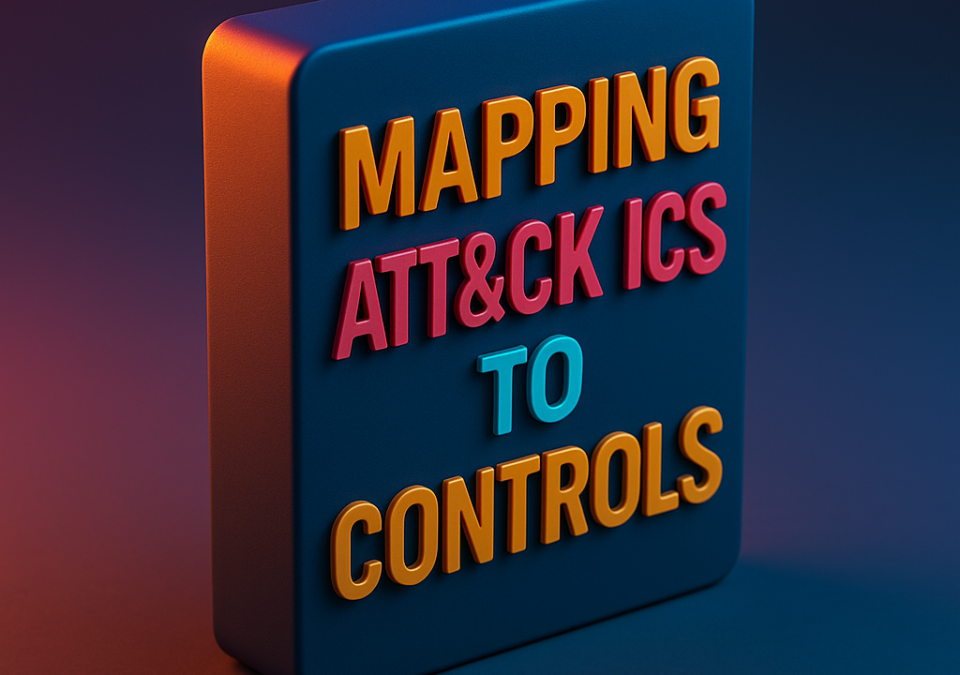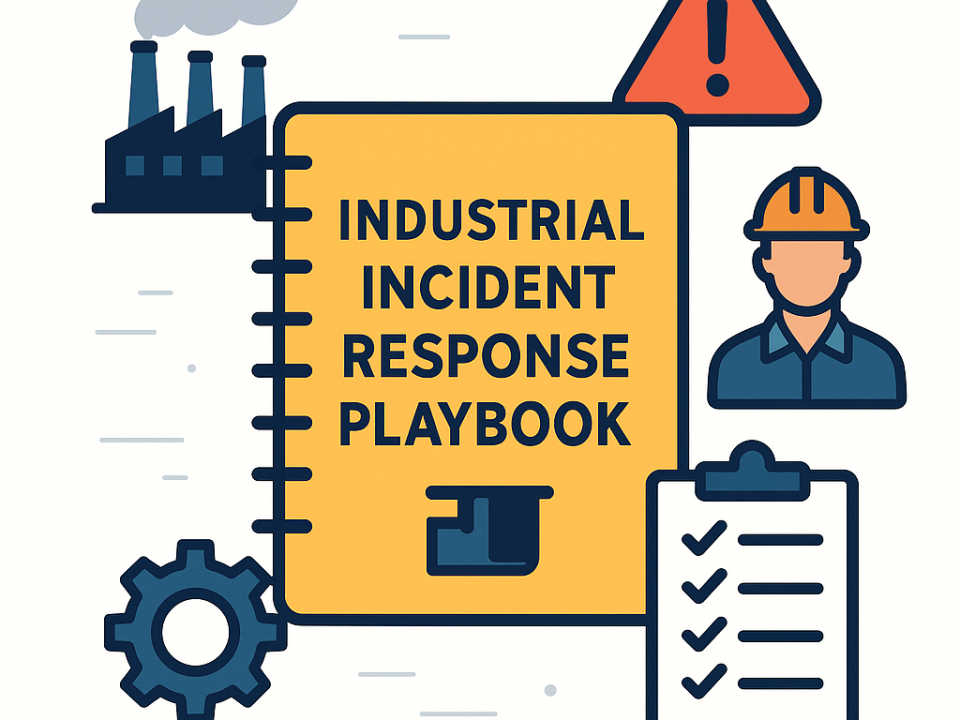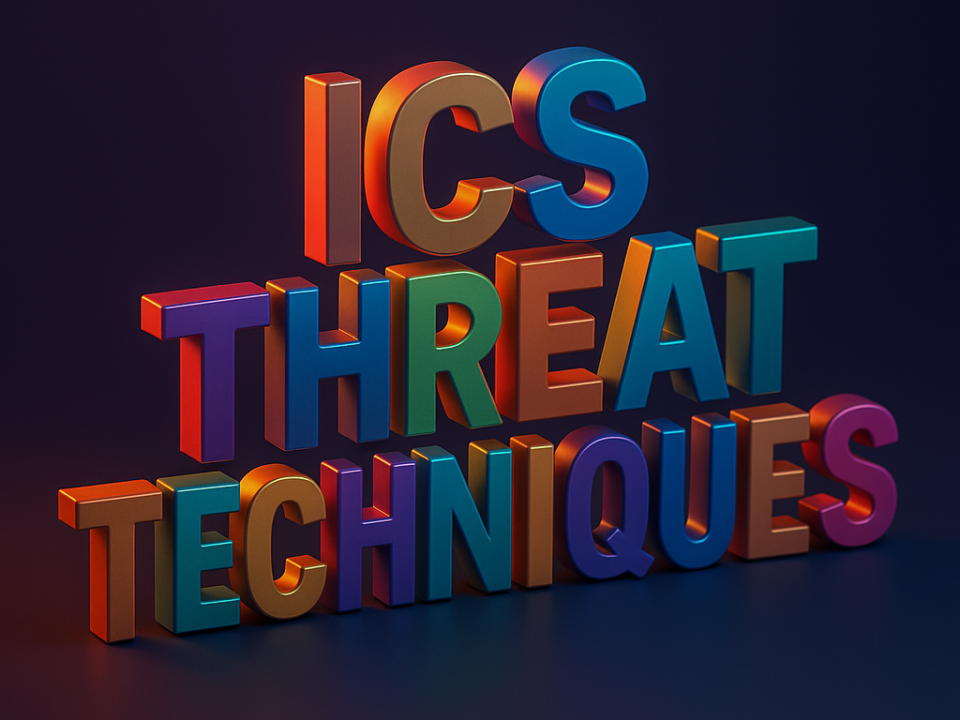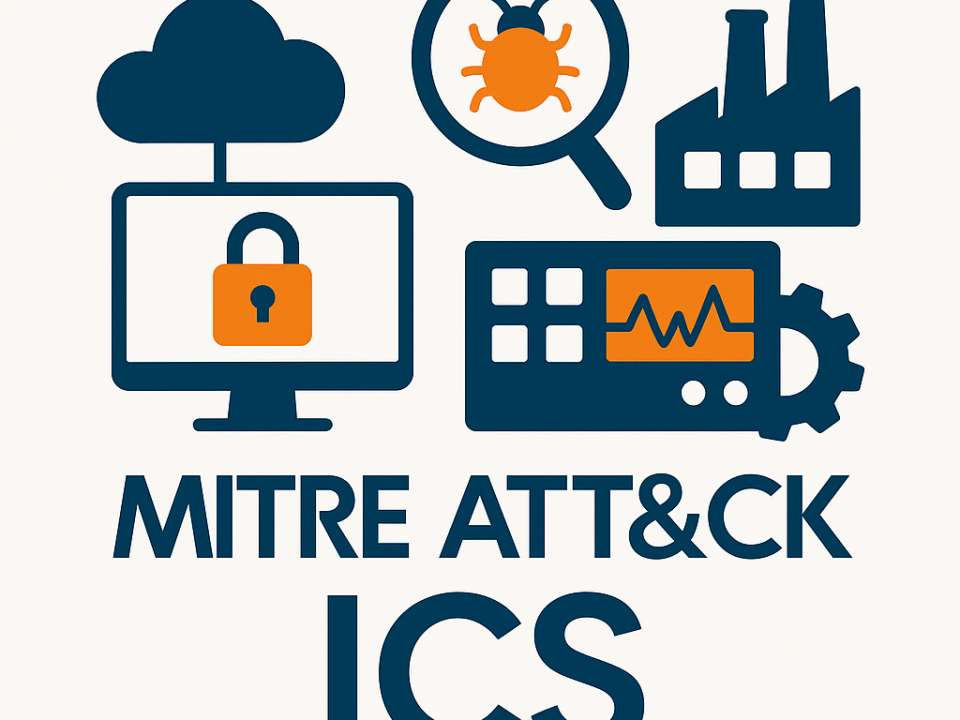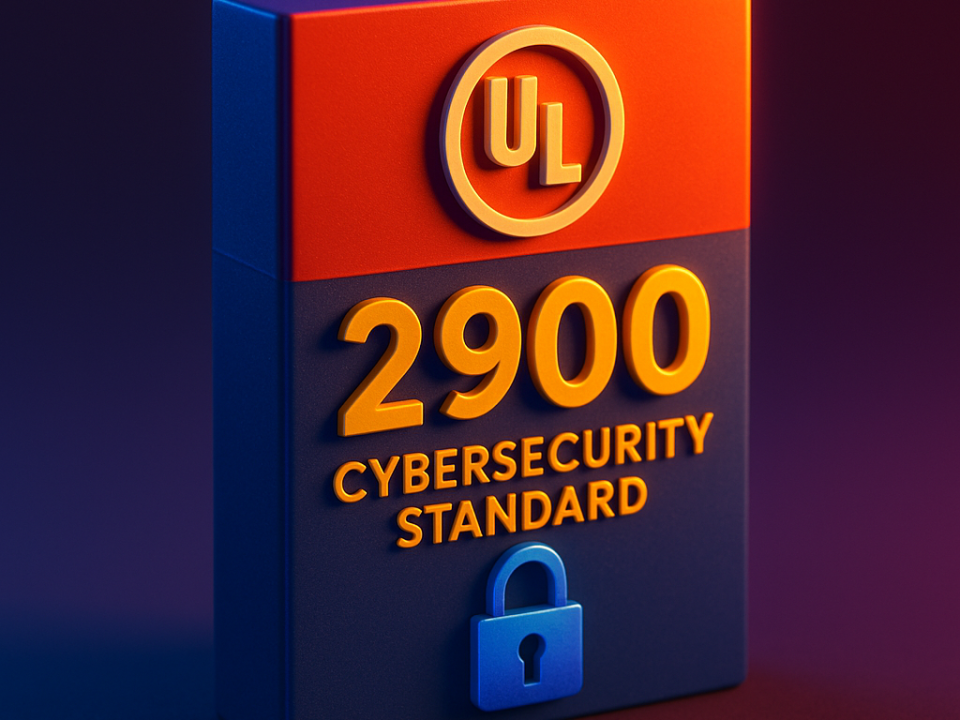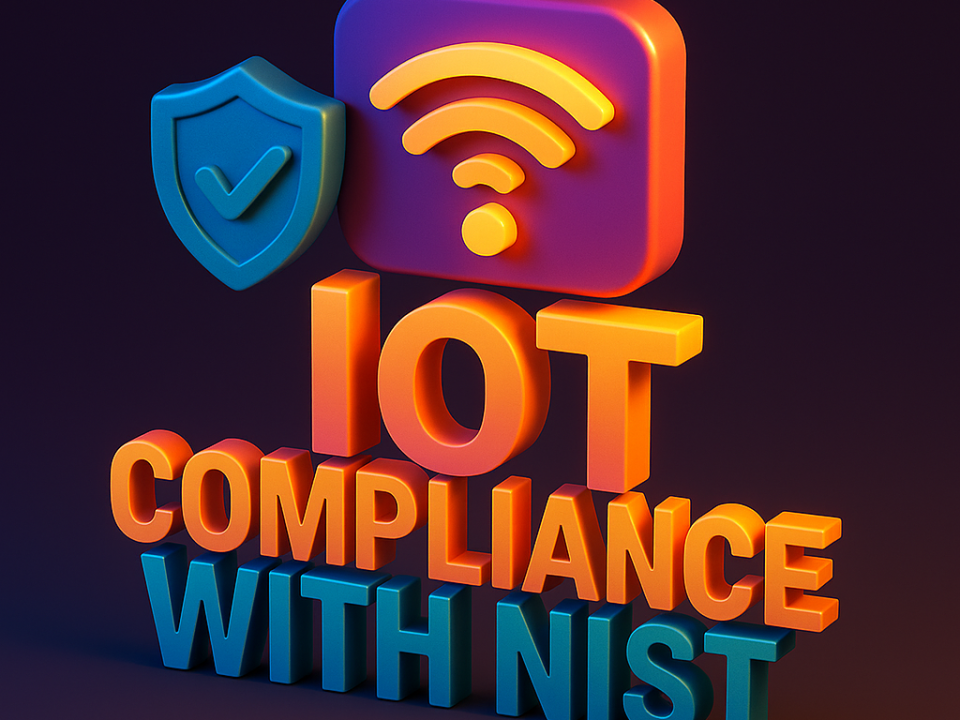
Unlocking Resilience: Crafting Your Industrial Incident Response Playbook for Tomorrow’s Success
June 11, 2025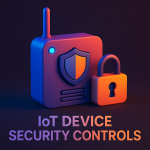
Mastering IoT Device Security Controls: Protect Your Home and Future
June 11, 2025Mastering the Art of Mapping ATT&CK ICS to Controls: Your Blueprint for Cybersecurity Success
If you’re a cybersecurity professional looking to enhance your organization’s resilience against cyber threats in industrial environments, this post is your ticket to success. In today’s digital landscape, mastering the art of mapping ATT&CK ICS to controls is not just beneficial—it’s essential. By effectively employing this framework, you can significantly improve your cybersecurity posture, ensuring operational continuity and safeguarding critical assets.
Understanding ATT&CK for Industrial Control Systems
First, let’s break down what ATT&CK ICS actually means. The MITRE ATT&CK framework for Industrial Control Systems serves as a powerful resource for identifying potential cybersecurity attacks targeting operational technologies. Understanding this framework lays the foundation for successfully mapping ATT&CK ICS to controls, which equips your organization with both proactive and reactive security measures.
The Importance of Control Mapping
Mapping ATT&CK ICS to controls is crucial for any industrial organization aiming to reduce vulnerabilities. Just as a blueprint guides builders, this mapping clarifies how security controls can mitigate potential threats, ensuring your systems remain resilient against attacks.
Identifying Core Security Controls
Before you start mapping, it’s essential to identify the core security controls relevant to your environment. Focus on creating a list of existing controls, from physical security to network segmentation. This step is vital for effectively aligning these controls with the tactics and techniques outlined in the ATT&CK ICS framework.
Step-By-Step Mapping Process
Now it’s time to dive into the actual mapping process. Begin by analyzing the ATT&CK matrix and matching relevant tactics with your existing controls. Create a clear correlation to demonstrate the effectiveness of your security measures. This step will transform complex ideas into actionable insights, showcasing the power of mapping ATT&CK ICS to controls.
Leveraging Data-Driven Insights
As you work through the mapping, gather data on past incidents and near misses within your industrial control system. Use this evidence to refine your mapping strategy. Integrating real-world incidents with ATT&CK ICS can help you make informed decisions regarding your security controls, directly aligning them with your future organizational goals.
Collaboration Across Teams
Don’t navigate this journey alone. Foster collaboration among IT, operations, and security teams to ensure comprehensive mapping of ATT&CK ICS to controls. Diverse perspectives often yield solutions that a single team might overlook, driving your organization toward enhanced security.
Continuous Improvement and Training
Mapping ATT&CK ICS to controls is not a one-time task; it requires ongoing evaluation. Regularly review and update your mappings to address new threats and vulnerabilities. Invest in training and resources to keep your team updated on the latest security practices, ensuring a forward-looking approach to cybersecurity resilience.
Success Stories in Control Mapping
To inspire you, look to organizations that have successfully implemented ATT&CK ICS to control mapping. These success stories can serve as motivating examples, illustrating how effective mapping leads to stronger cybersecurity strategies, operational efficiencies, and ultimately, peace of mind.
Conclusion: Your Cybersecurity Future Awaits
Mastering mapping ATT&CK ICS to controls is not just a method; it’s a pathway to a more secure future. Embrace the principles outlined in this post, and watch your organization soar in cybersecurity maturity, unlocking opportunities for success and growth.

